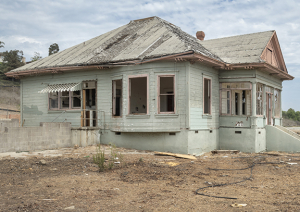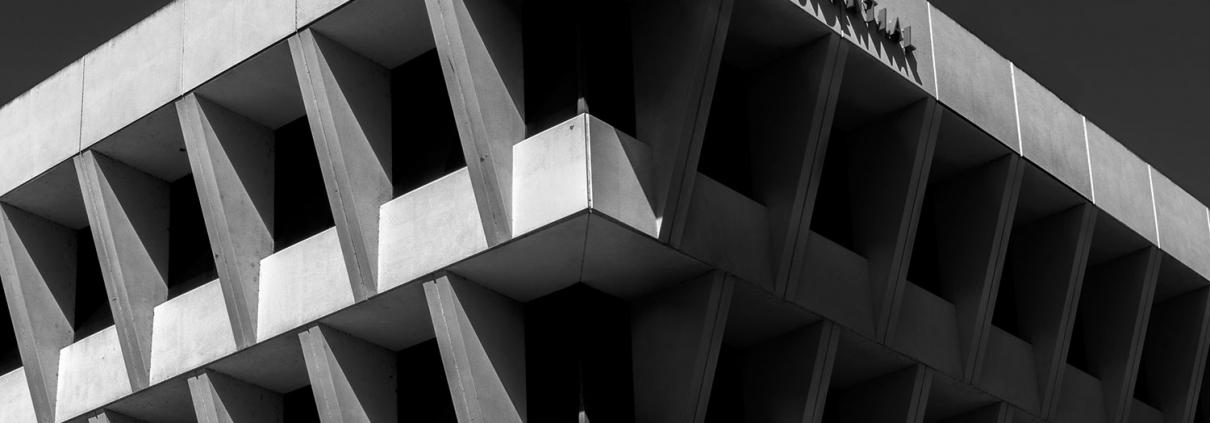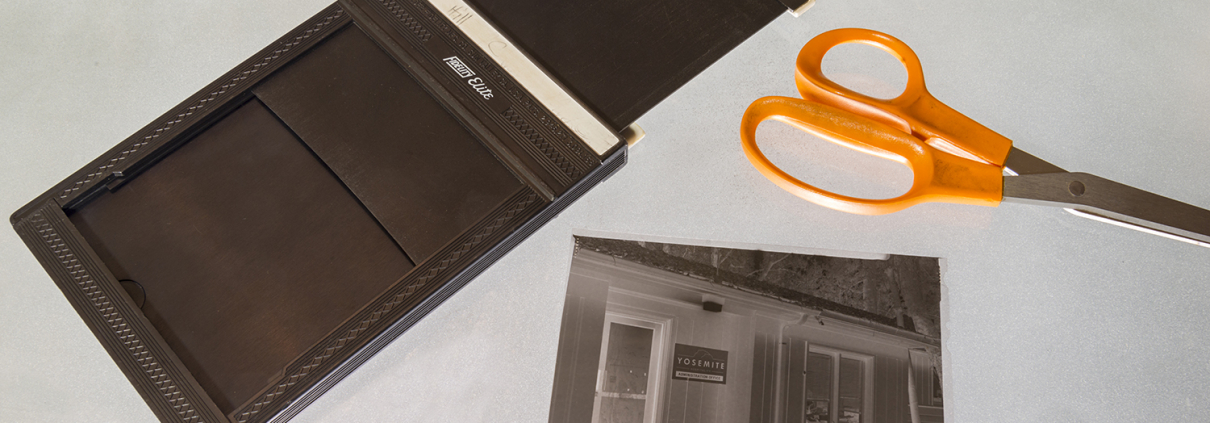HALS Documentation
During the past few decades, the concept of historic preservation has grown beyond protecting a single building or urban district to include the historic landscape that provides the setting and context for a property as well as much larger landscapes that have regional and national significance. In response to this growing interest in the historic preservation and documentation of landscapes, the American Society of Landscape Architects worked with the National Park Service to create a national program, and in October 2000, the National Park Service established the Historic American Landscapes Survey (HALS) to document historic landscapes in the United States and its territories to serve as tangible evidence of our nation’s heritage and development.
In early 2001, the American Society of Landscape Architects, the National Park Service, and the Library of Congress entered into a Memorandum of Understanding (MOU) that established a framework of cooperation, and in 2010, the three organizations signed a new Tripartite Agreement that made HALS a permanent federal program. The Library of Congress accepts and preserves HALS documents and makes records available to the public.
Historic landscapes vary in size from small gardens to several thousand-acre national parks. In character they range from designed to vernacular, rural to urban, and agricultural to industrial spaces. Vegetable patches, estate gardens, cemeteries, farms, quarries, nuclear test sites, suburbs, and abandoned settlements all may be considered historic landscapes. Like its sister programs, HABS and HAER, HALS produces written, graphic and photographic records of interest to educators, land managers, and preservation planners, as well as the general public.
In the NPS Guidelines for photography, they give detailed information regarding archival black and white film and prints (life expectancy of 500 and 150 years respectively). What comes as a surprise to many is that all three programs also accept color prints and transparencies. Color prints made from digital capture can be submitted in the fields notes portion of the document. They need to be clearly labeled. Color transparencies duplicate the same view taken with black and white film. They are then added to the “Index of Photographs” in their own section, “Index of Color Transparencies” which follows the “Index to Black and White Photographs.” The caption to the color views must then reference back to the black and white image that it duplicates.
For more information
Eden is the Journal of the California Garden and Landscape History Society
Heritage Documentation Programs
https://californiapreservation.org/awards/virginia-robinson-gardens/




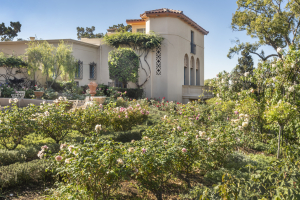


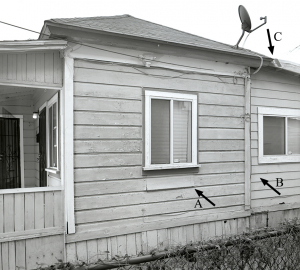
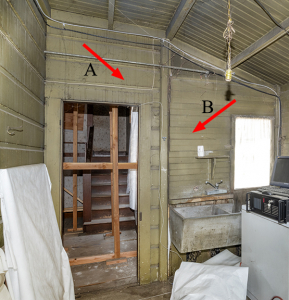
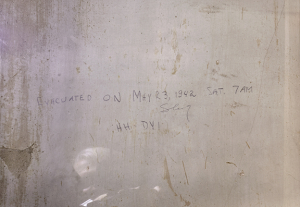


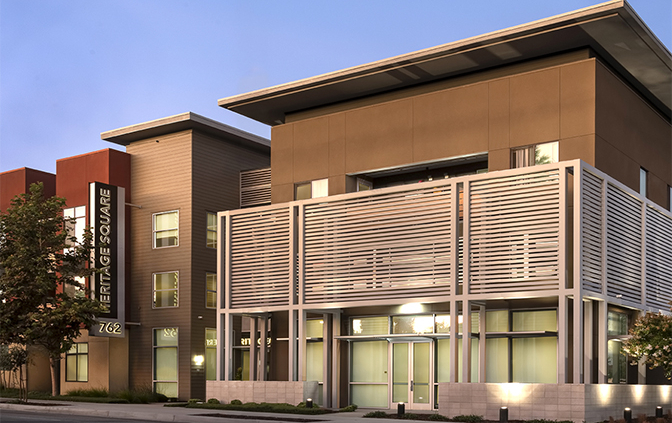 Dennis Hill
Dennis Hill
